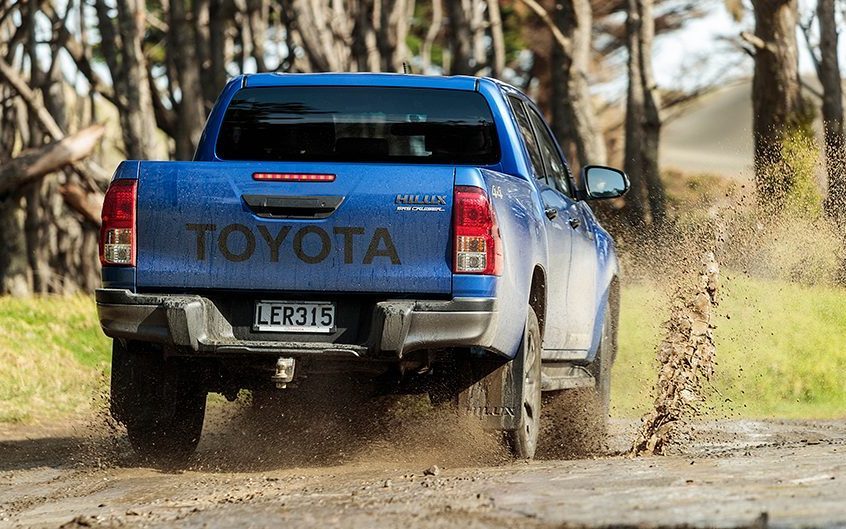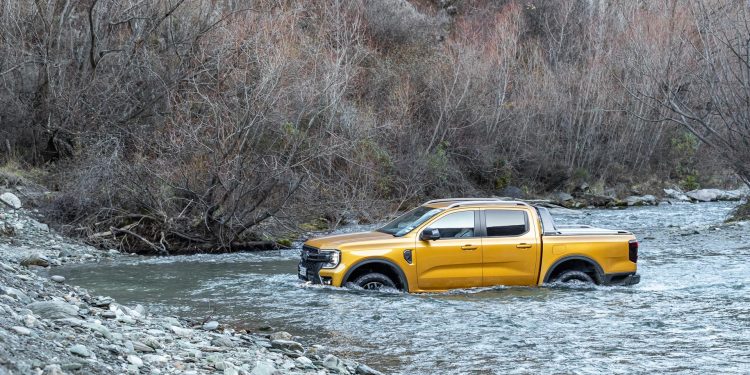CO2 emissions targets eased by Government
The Government has today announced its expected move to water down emissions targets for vehicle importers. The new Clean Car Importer Standard has seen targets changed to match those with Australia’s for the coming years.
Transport Minister Simeon Brown says the move will ‘provide the vehicle import market with certainty and ease cost of living pressures on Kiwis the next time they need to purchase a vehicle’.

The big winners are importers and buyers of commercial vehicles. Next year, importers were facing the challenge of meeting an average of 155g/km for its commercial sales, though this has now been raised to 223g/km. This is still lower than Australia’s 2025 target, though the two targets align in 2026. Where previously importers had to meet a 116.3g/km target in 2026, they can now breathe a little easier with a reduced target of 207g/km. A pity that each breath a pedestrian takes will be a little more CO2 rich, but the targets do keep reducing to 175g/km, 144g/km and 131g/km in the coming years after that.
Passenger car CO2 targets have also been softened. This remains at the targeted 112.6g/km average in 2025, then moves to 108g/km in 2026 (from 84.5g/km), then 103 in 2027 (from 63.3g/km) while falling into line with the Australian targets of 76g/km in 2028 and 65g/km in 2029.
In a rare move of support for the community with disabilities, the Government will exempt disability vehicles from the standard.
The previous targets were very ambitious, some in the industry labelling them as impossible to meet, with the likes of Suzuki suggesting they would likely cease to exist in NZ under the Clean Car Standard proposals.

Brown said in a statement; “Advice provided to me by the Ministry of Transport found that under current targets set by the former Government, CCS penalties are forecast to amount to approximately $800.6 million of cost to consumers purchasing a new car in 2027 which is around $5,549 per vehicle.”
“The review found that the Standard’s current targets are too stringent and are increasingly difficult for importers to meet, as they are out of step with manufacturing standards from leading vehicle manufacturers. In fact, the review found that the commercial targets for 2026 and 2027 are more stringent than every other country in the world.
“If we don’t change the path we are on, we will simply pile costs onto consumers while also failing to make emissions reductions. New Zealand won’t have access to the low emission vehicles needed to meet the strict Standard as manufacturers are not in a position to introduce them to our market.
“New Zealand does not manufacture vehicles, meaning we are reliant on international markets and need to ensure our policies align with other larger economies to not put at risk our ability to access these markets.
It’s been reported that since the axing of the EV subsidy and ‘ute tax’, the resulting decline in zero and low emissions sales and rise in ute sales has had an impact on the average CO2 of the new car fleet so far this year. Where it was sitting at 136g/km in 2023, the figure for the first five months of 2024 is already back up to 161g/km.





